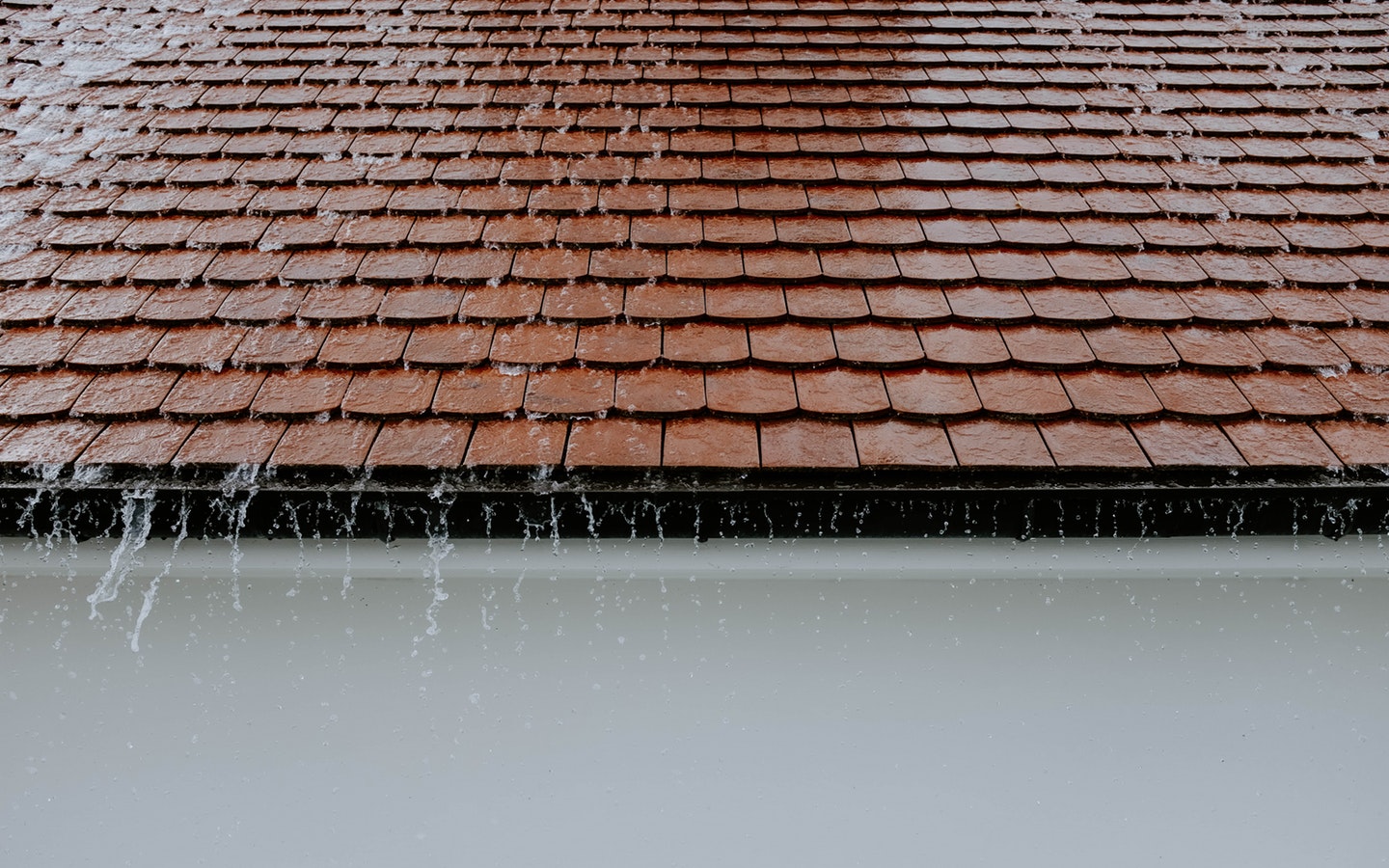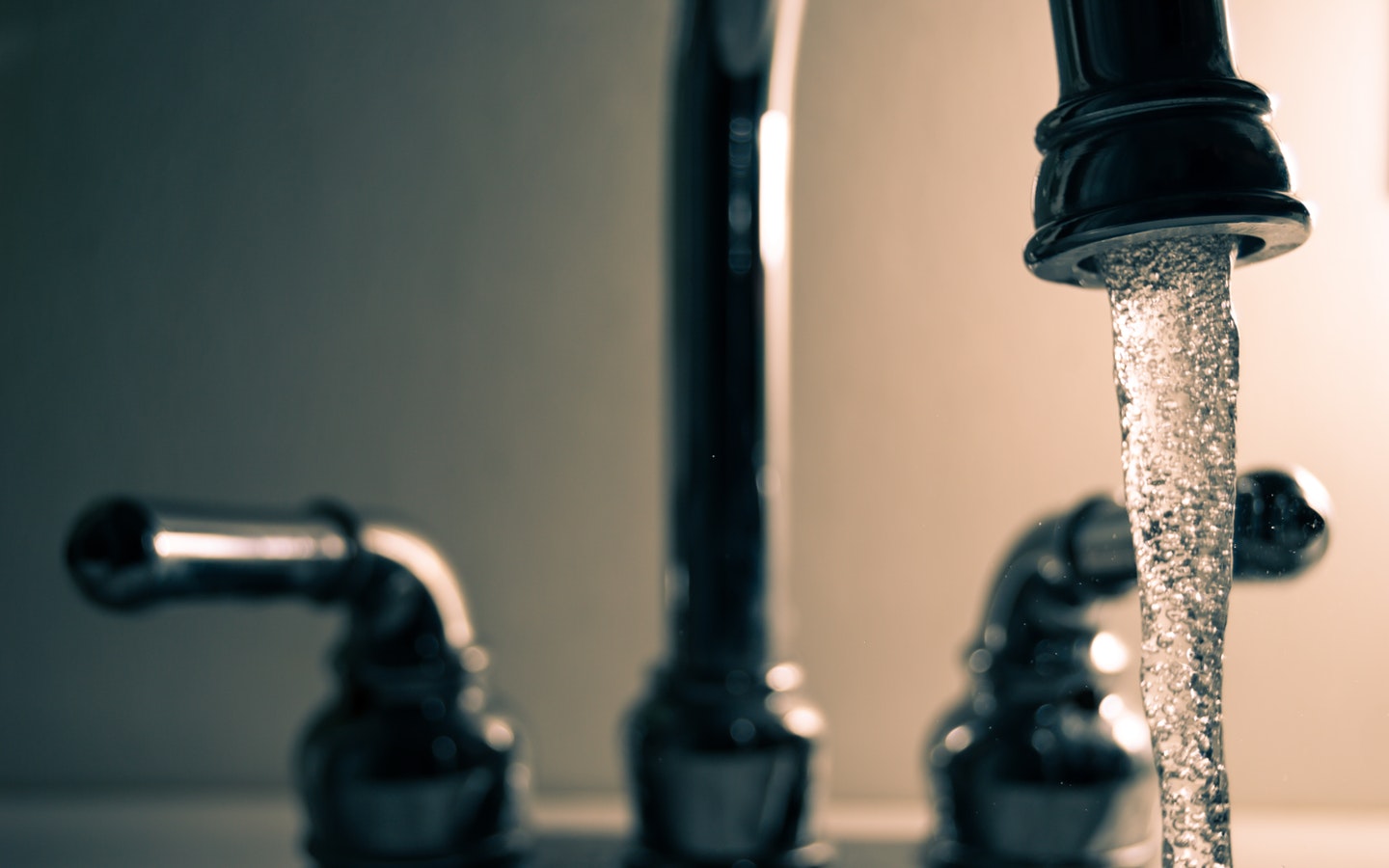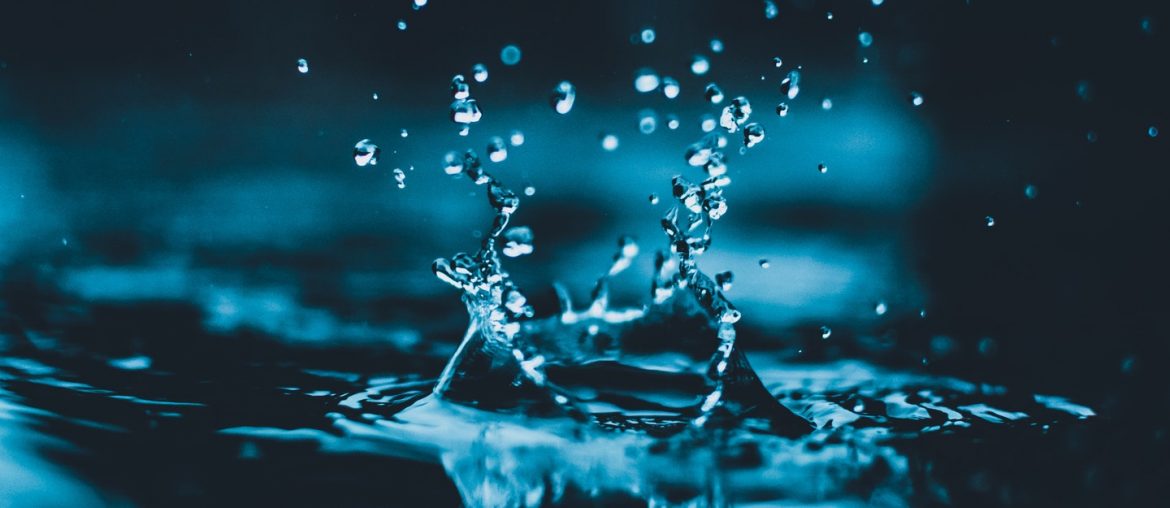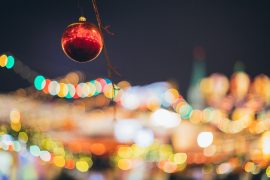In Maslow’s Hierarchy of Needs, the first category that needs to be fulfilled is our Physiological needs. These are the basic things that we need for survival, including air, water, food, and shelter. From this, we can infer that water is necessary for sustaining life on planet earth. Not only humans but all other creatures on this planet need water to survive. It’s an essential part of our ecosystem. Although water is abundant and a renewable resource, its availability is not spread equally across the globe. Many places in the world suffer from water scarcity, including global cities such as Cape Town in South Africa and… even Dhaka isn’t exempt from this, with many areas affected by water crises. This is why today we will be laying out steps for creating a water efficient home.
RAINWATER HARVESTING

It is one of the most ancient practices when it comes to water conservation and efficiency. Ancient foragers did not possess the skills to tap into groundwater reserves by digging wells, and finding river water wasn’t always easy. Rainwater turned out to be a great source of freshwater that was used for cooking and drinking. This still rings true nowadays. Rainwater harvesting is not that difficult and will go a long way into creating a water efficient home for you. There are some simple steps that you should follow when implementing a rainwater harvesting system. Let’s look into the whole process now.
First, you will have to place a catchment system, i.e something that can catch the rainwater. Sloped roofs with wedges in any part of your rooftop are perfect for this. It will send the water downwards. The rainwater from the catchment system will fall into the gutter, which will then carry it onto pipes that will carry the harvested rainwater into the storage water tank. From the storage water tank, distribution pipes will direct the rainwater towards places where it is required, with the use of motors. This will reduce the usage of tap water, increasing the water efficiency of your home.
WATER EFFICIENT LANDSCAPING

Many of us like to maintain a garden. It may be laborious but is also very rewarding. The sight of beautiful flowers can be a fantastic start to the morning. But such a garden can consume a lot of water. However, smart landscaping can save a lot of water and do wonders when creating a water efficient home. At first, we can add mulch if there are planting beds in the garden. Mulch is anything that enriches the soil the plants are planted in. Organic mulch can include decaying leaves, compost, or shredded tree bark. It can be an extra expense when creating your garden, but its benefits outweigh its costs. It helps preserve soil moisture, improve the environment inside the soil, and prevent the evaporation of water from soil.
We can also select plants that do not require much water. Plants with hairy leaves, such as the Lamb’s Ear, are perfect for this, as it minimizes evaporation of water. Succulents, such as Aloe, are also great at retaining water as a result of their thick leaves. Planting these would help in creating a water efficient home for you. Smart watering systems such as drip irrigation and soaker hoses can also help with water conservation when watering plants. It works a lot better than overhead watering. Stored water harvested using the aforementioned rainwater harvesting system can also be used to water plants. This can greatly increase the water efficiency of your home.
WATER EFFICIENT FIXTURES

Fixtures are the thing through which all the water passes inside our homes. Starting from faucets and sinks to toilets, fixtures can end up using a lot more water than required. Which makes it necessary to update them to the latest specs possible if you’re looking for water efficiency. Features such as dual flushes have become commonplace nowadays, but when it was introduced, it was seen as a revolution in water efficiency. Low flow fixtures have had the same effect. The work they do is simple, water flows at a lower pressure out of these fixtures. The amount of water saved doesn’t seem like much at first. But when you consider that 30% of the water we use is used by toilets and 17% is used when showering, the impact can be massive. Thousands of liters of water can be saved per household every year.
In some cases, the water pressure provided by water companies can be excessive. And higher water pressure can result in a lot of water being wasted. Pressure Reducing Valves can decrease the pressure of the water in such cases. These valves can also increase the lifespan of water pipes, reducing breakage and leakage. You can replace geysers with instant water heaters, as they are more water efficient. These instant heaters negate the need for storing water. Geysers also keep on heating the water even when there is no one at home. Plus you won’t have to wait for the water to heat up, making showering in the winter a lot easier. We can get into a lot more detail on how fixtures and fittings can help with creating a water efficient home, but let’s keep that for a future article.
All in all, the methods mentioned above will help with creating a water efficient home. Water is a resource that has helped build ancient civilizations, but now our civilization is facing a potential scarcity of water. And anything we do to conserve water can help us sustain. Keeping this in mind, we at Bproperty have decided to do a series on Water Efficiency on our Bproperty blog. Be sure to keep an eye on the blog for future articles.




